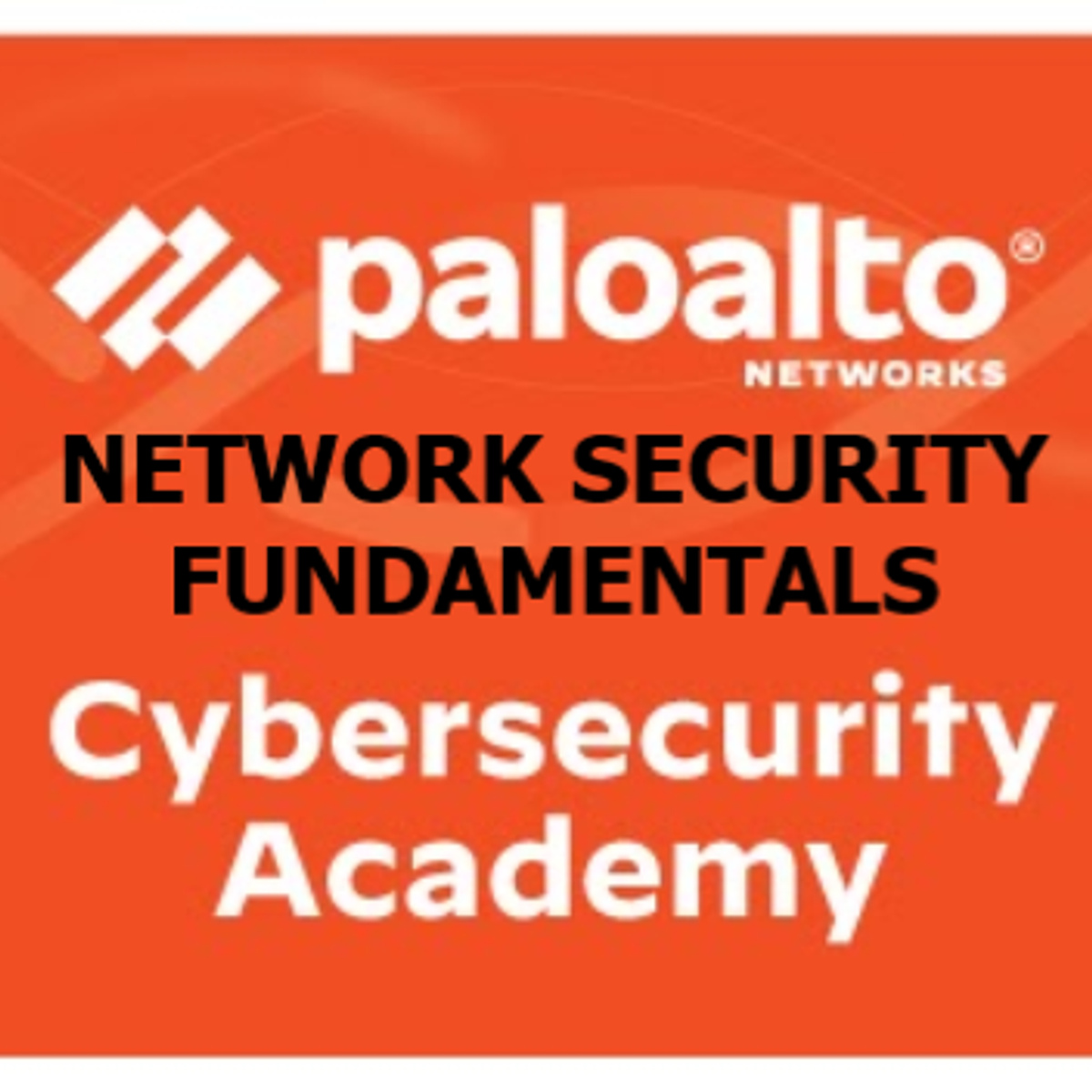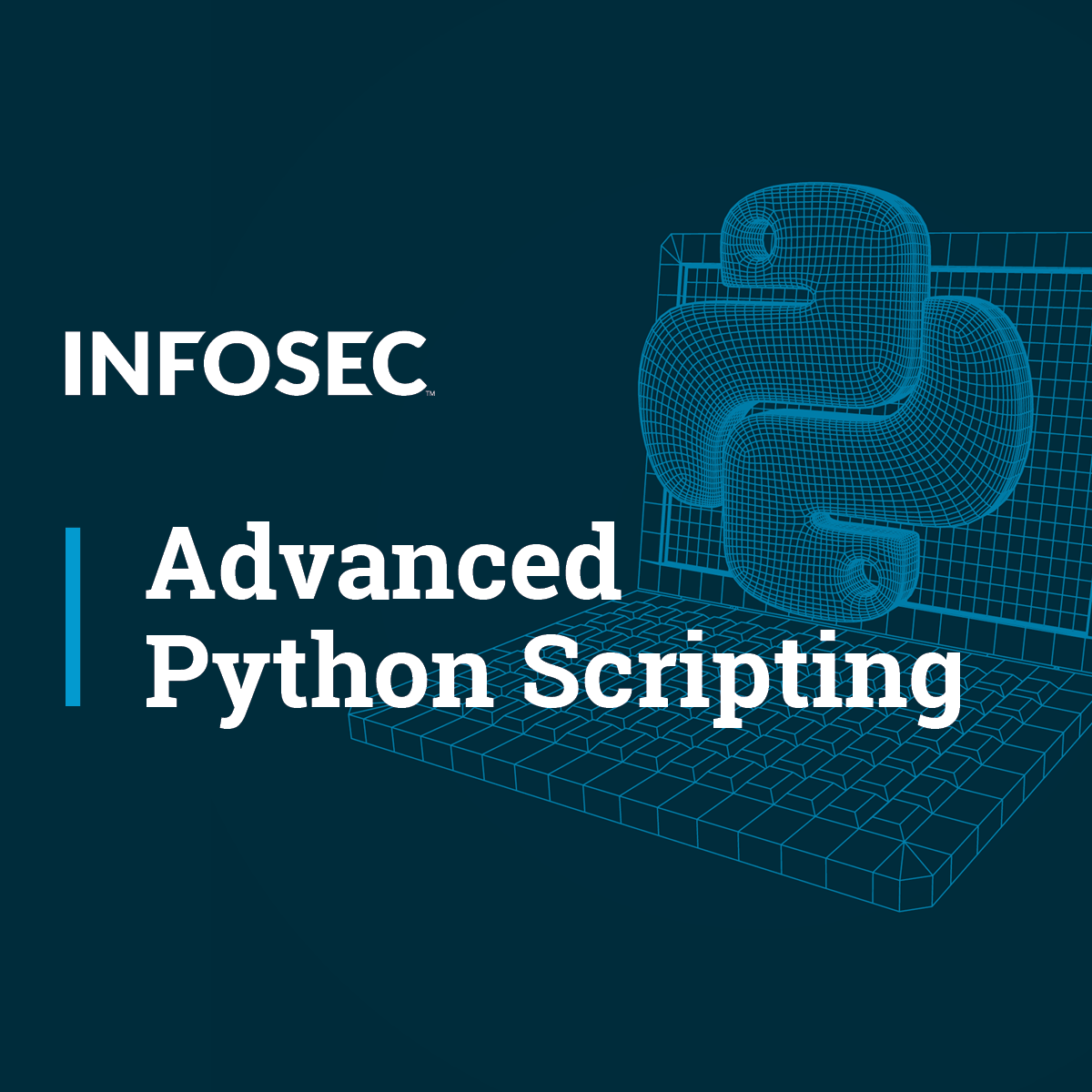Back to Courses









Computer Security And Networks Courses - Page 27
Showing results 261-270 of 277

Check Point Jump Start: Network Security
In this course brought to you by industry leader Check Point, they will cover cybersecurity threats and elements of Check Point's Security Management architecture. This course will prepare you for the exam, #156-412, at PearsonVUE.(https://home.pearsonvue.com/checkpoint)

Teaching Impacts of Technology: Global Society
In this course you’ll focus on how technology-enabled communication is changing geopolitics and, more broadly, how technology is connecting our world and changing lives. This will be done through a series of paired teaching sections, exploring a specific “Impact of Computing” in your typical day and the “Technologies and Computing Concepts” that enable that impact, all at a K12-appropriate level.
This course is part of a larger Specialization through which you’ll learn impacts of computing concepts you need to know, organized into 5 distinct digital “worlds”, as well as learn pedagogical techniques and evaluate lesson plans and resources to utilize in your classroom. By the end, you’ll be prepared to teach pre-college learners to be both savvy and effective participants in their digital world.
In this particular digital world (global society), you’ll explore the following Impacts & Technology pairs --
Impacts (Freedom of Speech): Internet in third world countries, censorship, and social media
Technology and Computing Concepts: VPN, how Internet censorship works, metadata, tor
Impacts (Life Made Easy): Internet changing the way we live, travel, autonomous vehicles
Technology and Computing Concepts: Internet of things, how self-driving cars work
Impacts (Keeping Your Information Secure): two-factor authentication, PINs, Patterns, fingerprints, apple ID
Technology and Computing Concepts: DDoS attacks and Botnets, man-in-the-middle attacks, dangers of public Wifi, phishing, ransomware, bitcoin
In the pedagogy section for this course, in which best practices for teaching computing concepts are explored, you’ll learn about the principles of the computer science advanced placement exam, how it assesses students, and how to prepare your students for this critical exam.
In terms of CSTA K-12 computer science standards, we’ll primarily cover learning objectives within the “impacts of computing” concept, while also including some within the “networks and the Internet” concepts and the “data and analysis” concept. Practices we cover include “fostering and inclusive computing culture”, “recognizing and defining computational problems”, and “communicating about computing”.

Cloud Computing Project
Note: You should complete all the other courses in this Specialization before beginning this course.
This six-week long Project course of the Cloud Computing Specialization will allow you to apply the learned theories and techniques for cloud computing from the previous courses in the Specialization, including Cloud Computing Concepts, Part 1, Cloud Computing Concepts, Part 2, Cloud Computing Applications, Part 1, Cloud Computing Concepts, Part 2, and Cloud Networking.

Cybersecurity and the X-Factor
What is the X-Factor? In Cybersecurity, the X-Factor related to unknown and unpredictable human behavior within and outside of your organization. “No one really knows why humans do what they do”, (David K. Reynolds), and because of this organizations can be unprepared for malicious, untrained, or even best intentioned behavior that can cause alarm and sometimes irreparable harm.
This course will introduce you to the types of training available to reduce the impact of the X-Factor, evaluate its effectiveness, explore the Security Education, Training and Awareness (SETA) program, and learn why it may fail. The course will conclude with information designed to assist you with some critical components for your business security program. Activities focused on hactivism, cyberinsurance, and ransomware will round out your knowledge base. Your team of instructors has prepared a series of readings, discussions, guest lectures, and quizzes to engage you in this exciting topic.

Palo Alto Networks Network Security Fundamentals
In this Network Security Fundamentals course you will gain an understanding of the fundamental tenants of network security and review the general concepts involved in maintaining a secure network computing environment. Upon successful completion of this course you will be able to describe general network security concepts and implement basic network security configuration techniques.

Google Workspace for Education: Managing Services
This is a Google Cloud Self-Paced Lab.
Learn how to turn services on or off for users and set up a basic scenario that gets you started as quickly as possible.

Exam Prep: AWS Certified SysOps Administrator – Associate
This new intermediate-level course from Amazon Web Services (AWS), is designed to help you to assess your preparedness for the AWS Certified SysOps Administrator – Associate exam. You will learn how to prepare for the exam by exploring the exam’s topic areas and how they map to SysOps Administration on AWS. You will review sample certification questions in each domain, practice skills with hands-on exercises, test your knowledge with practice question sets, and learn strategies for identifying incorrect responses by interpreting the concepts that are being tested in the exam. At the end of this course you will have all the knowledge and tools to help you identity your strengths and weaknesses in each certification domain areas that are being tested on the certification exam.
The AWS Certified SysOps Administrator – Associate (SOA-C02) exam is intended for system
administrators in a cloud operations role. The exam validates a candidate’s ability to deploy, manage, and
operate workloads on AWS and their ability to complete the following tasks: Support and maintain AWS workloads according to the AWS Well-Architected Framework, perform operations by using the AWS Management Console and the AWS CLI, implement security controls to meet compliance requirements, monitor, log, and troubleshoot systems, apply networking concepts (for example, DNS, TCP/IP, firewalls), implement architectural requirements (for example, high availability, performance, capacity), perform business continuity and disaster recovery procedures and identify, classify, and remediate incidents

The Bits and Bytes of Computer Networking
This course is designed to provide a full overview of computer networking. We’ll cover everything from the fundamentals of modern networking technologies and protocols to an overview of the cloud to practical applications and network troubleshooting.
By the end of this course, you’ll be able to:
● describe computer networks in terms of a five-layer model
● understand all of the standard protocols involved with TCP/IP communications
● grasp powerful network troubleshooting tools and techniques
● learn network services like DNS and DHCP that help make computer networks run
● understand cloud computing, everything as a service, and cloud storage

Risk Management: Use of Access Controls to Protect Assets
Course 2: Understanding Risk Management Options and the Use of Access Controls to Protect Assets
In this course, we will focus on understanding risk management options and the use of access controls to protect assets. We will start by examining the basic steps that must be in place to develop a security culture within the organization and impacting policies. We will also look into how to write and use them to enforce security requirements. Then we will move on to the actual business of controlling how our systems, services, resources, and data can be accessed safely by authorized persons. We will also cover access control models like MAC, DAC, RBAC, and conclude the chapter with an examination of both LAN and WAN identity management.
Course 2 Learning Objectives
After completing this course, the participant will be able to:
L2.1 - Provide examples of the types of functional security controls and policies for identified scenarios.
L2.2 - Classify various access control models.
L2.3 - Identify components of identity management lifecycle.
L2.4 - Recognize access control and authentication methods.
Course Agenda
Module 1: Document, Implement, and Maintain Functional Security Controls (Domain 1 - Security Operations and Administration)
Module 2: Access Controls Models (Domain 1 - Security Operations and Administration, Domain 2 - Access Controls)
Module 3: Identity Management Lifecycle (Domain 2 - Access Controls)
Module 4: Implement and Maintain Authentication Methods (Domain 2 - Access Controls, Domain 6 - Network and Communication Security)
Who Should Take This Course: Beginners
Experience Required: No prior experience required

Defensive Python
This course demonstrates the use of Python for network analysis to detect and hijack suspicious connections.
Popular Internships and Jobs by Categories
Find Jobs & Internships
Browse
© 2024 BoostGrad | All rights reserved